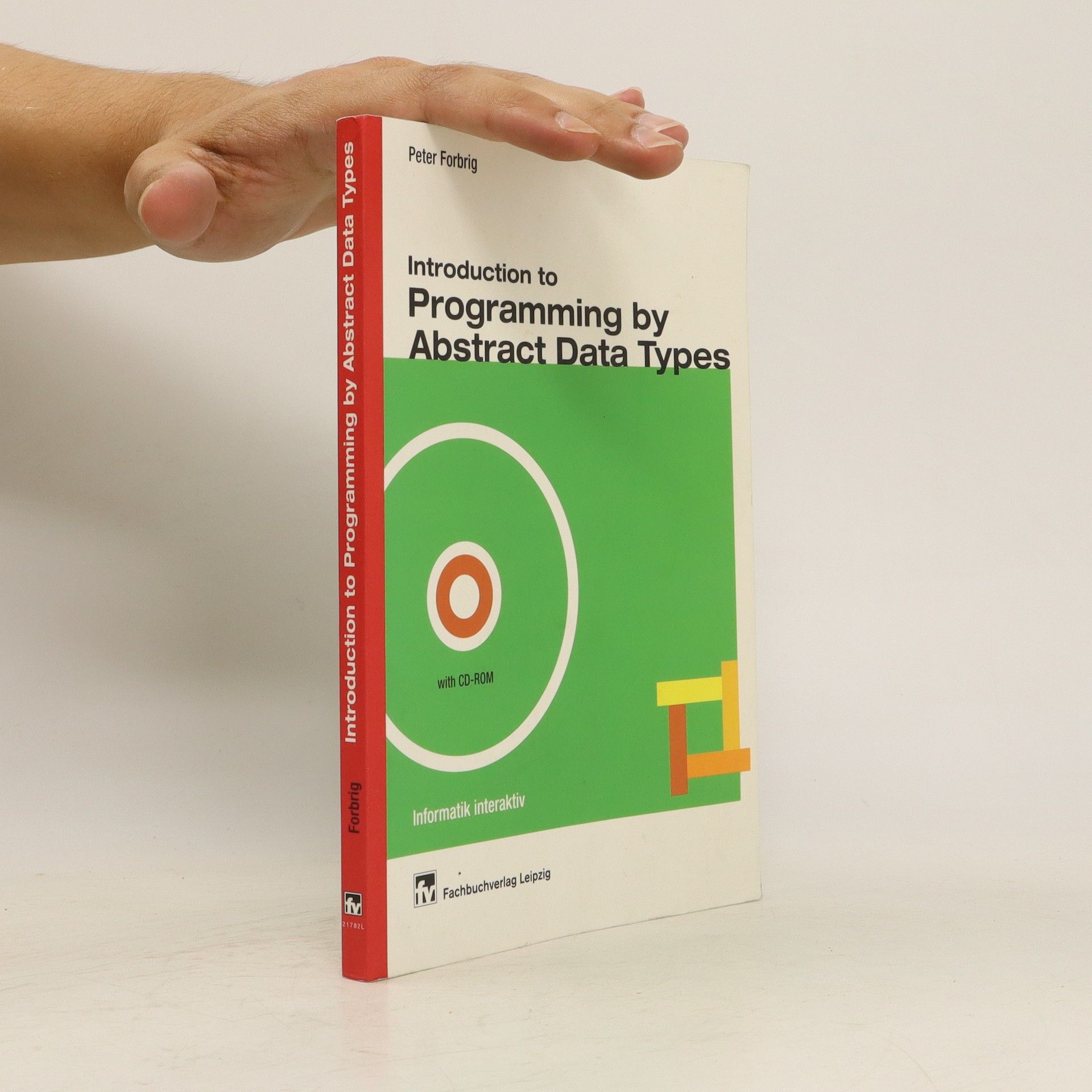The book „Introduction to Programming by Abstract Data Types“ addresses first year computer science students and readers interested in the basic concepts of programming. It is a reliable guide from analysing and specifying problems to implemented software. A systematic way of writing algorithms is trained and a seamless transition to modern principles like data encapsulation and object-oriented programming is shown. Some exercises with solutions and a glossary are available within the computer based training tool To/ol as well.
Peter Forbrig Books

